New Jersey Faces Historic Electricity Rate Hike: Solar Power Offers a Path to Savings
New Jersey Faces Historic Electricity Rate Hike: Solar Power Offers a Path to Savings
Trenton, NJ – February 14, 2025
New Jersey homeowners are bracing for a significant shock to their wallets as the New Jersey Board of Public Utilities (NJBPU) announced the results of the state’s 24th annual electricity auction for Basic Generation Service (BGS) on February 12, 2025. The auction, which sets electricity rates for most residents and small to medium-sized businesses, has resulted in unprecedented increases of 17.23% to 20.20%, marking the highest single-year rate hike in more than 20 years.
According to the NJBPU, The New Jersey Board of Public Utilities (NJBPU) today announced the results of the annual electricity auction for Basic Generation Service, resulting in higher costs for electricity supplied to most residents and businesses across all four of New Jersey’s utility suppliers. This increase affects customers PSE&G, JCP&L, ACE, and RECO, with monthly bills set to rise significantly this summer.
A Historic Rate Increase
The NJBPU attributes this dramatic rise to a combination of factors. “This week’s BGS auction results are the culmination of several issues: rapidly increasing demand for electricity, coupled with limited supply growth due to lagging new generation interconnection, and flawed market dynamics in the PJM region,” said Christine Guhl-Sadovy, President of the NJBPU. “PJM’s recent capacity auction results are the main driver of these increases.”
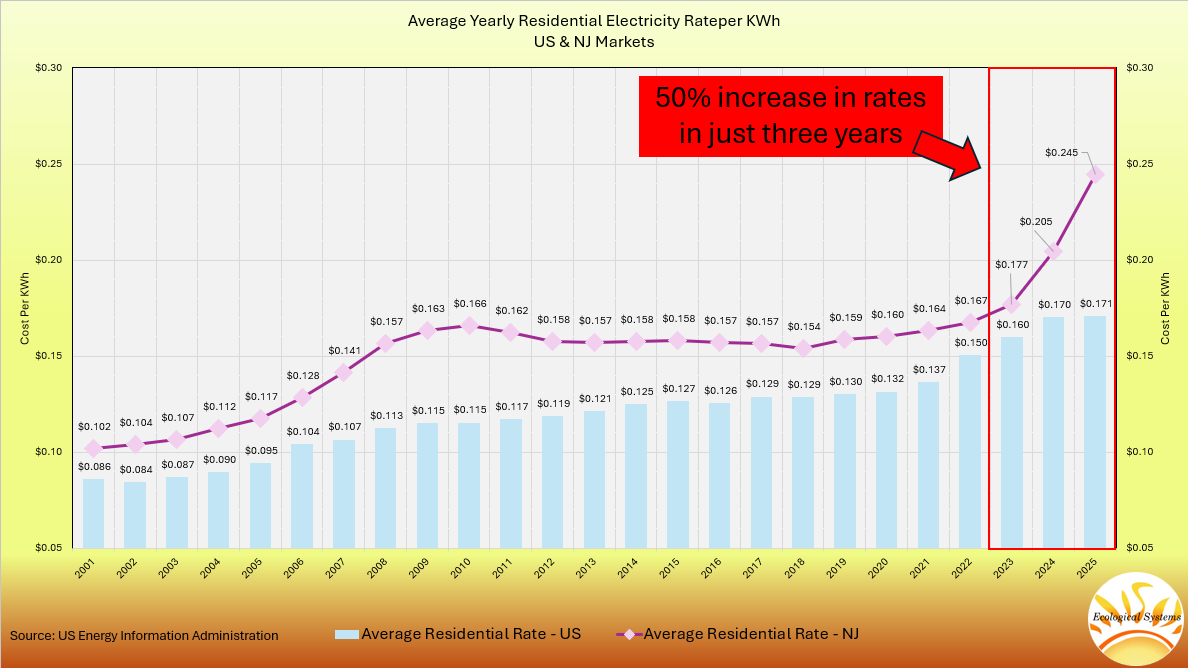
The average monthly bill for residential ratepayers using BGS service will see substantial increases. On average, PSE&G customers will face a +17% increase, JCP&L customers a +20% increase, ACE customers a +17% increase, and RECO customers an +18% increase. As an example, a typical residential household using 650 kWh per month will see their bill rise from $112.25 to $134.92, an increase of $22.67.
The Broader Context
This rate hike follows two consecutive years of record-breaking increases, exacerbating the financial strain on New Jersey households. For homeowners already grappling with rising costs of living, this increase could be a tipping point. However, there is a viable solution that not only mitigates these costs but offers long-term financial and environmental benefits: residential solar power.
Solar Power: A Shield Against Rising Rates
Installing solar panels on your home can significantly reduce or even eliminate your reliance on utility-provided electricity, shielding you from unpredictable rate hikes. Here’s why solar is a smart investment for New Jersey homeowners:
Immediate Cost Savings: A correctly sized solar system installed at your home will eliminate your electricity bill. For example, a homeowner currently paying $255.84 monthly to PSE&G could see their bill drop to under $5.00, leaving only the mandated grid connection charge.
Long-term Financial Benefits: A modern solar system has lifespans of more than 30 years, offering decades of savings. With New Jersey’s high electricity rates and the state’s robust solar incentives, including the current SREC2 Program, homeowners can earn $85 per megawatt-hour produced, realizing supplemental revenue stream to offset future costs. There are some programs that pay as much as $1.50 a watt for this incentive at signing for qualified systems.
Energy Independence: By generating your own electricity, you insulate yourself from future rate increases. Adding battery backup systems ensures power during outages, enhancing resilience against grid failures.
Environmental Impact: Solar energy reduces your carbon footprint, aligning with New Jersey’s clean energy goals. It’s a win for both your wallet and the planet.
Incentives and Accessibility
There are numerous Federal and State incentives to make solar affordable. A federal solar program offers a tax credit of at least 30% on project costs! NJ Clean Energy programs offer performance incentives including SRECs that deliver income streams for up to 15 years. And the local utilities offer net metering allow homeowners to earn credits for excess energy sent back to the grid. These incentives, combined with declining solar installation costs, make the investment more attractive than ever.
For folks that do not have access to the resources to purchase a system, Power Purchase Agreements (PPA’s) offer solar solutions with no upfront money or financing necessary.
The Time to Act is Now
As electricity rates continue to climb, the financial burden on New Jersey homeowners will only grow. Solar power offers a proactive solution, providing immediate relief and long-term savings. With the state’s favorable solar policies and the pressing need to address rising costs, now is the time to consider installing a solar array. Contact Ecological Systems to assess your home’s suitability and start saving today.
Ecological Systems is NJ longest serving Solar installer and NJ's first NABCEP certified installer. They are a NJ licensed electrical (Lic# 16374A) & home improvement (Lic # 13VH03064300) contractors operating in NJ for 30 years.
We have serviced or installed more than 15% of NJ operating solar arrays by MWs. We handle all aspects of the project and manage all compliance efforts from interconnection to local permits to registering with Clean Energy Programs.
All of our systems offer full comprehensive warranty for 15 years, or the term of financing/PPA whichever is longer, and covers the systems installation, components, workmanship, production, servicing and monitoring. Additionally, all of your system’s major components offer at least 20 year manufactures warranties as well.
Ecological Systems is the highest rated solar installer in NJ on Google!
The NJBPU’s authority may be limited in influencing pricing, but homeowners have the power to take control of their energy future. Solar isn’t just an alternative—it’s a necessity in the face of historic rate increases. Call the Ecological Systems today at 732-462-3858 or email Robert at Robert@ecologicalsystems.biz to learn more about eliminating your electric expense!
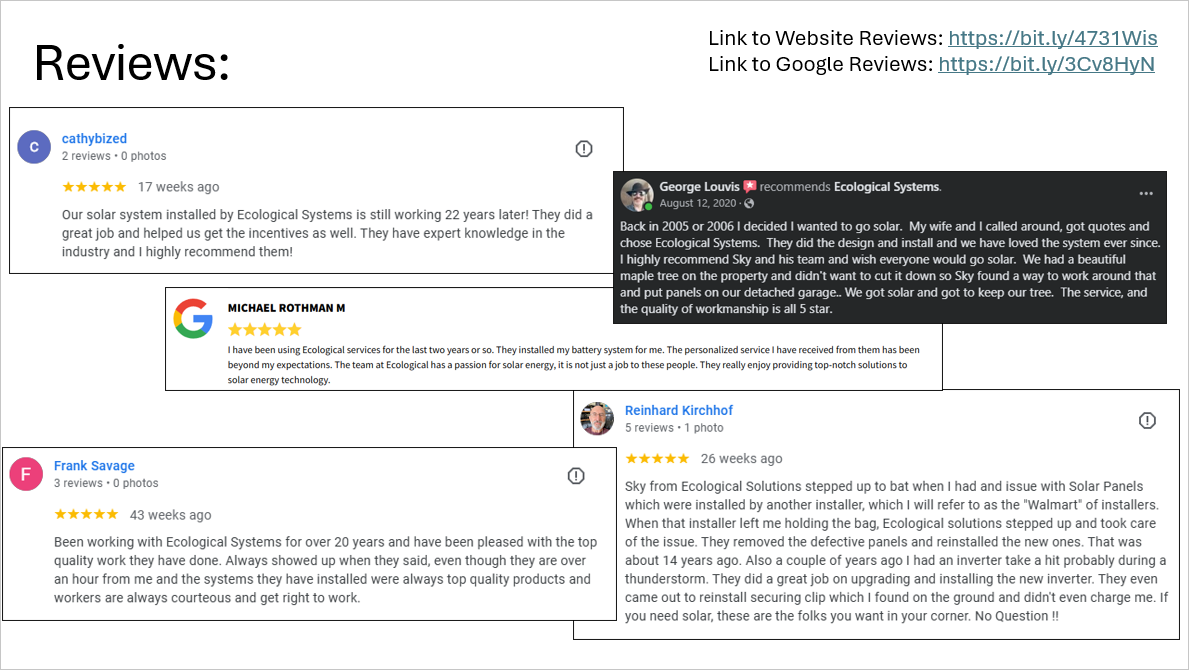
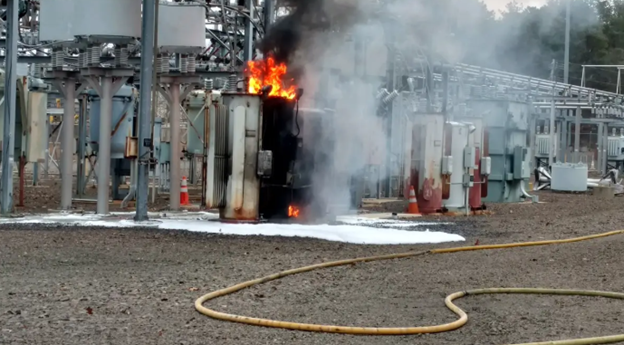


Illuminating Communities: The Social Benefits of Distributed Photovoltaic Solar Arrays in New Jersey
Business Hours
- Mon - Fri
- -
- Sat - Sun
- Appointment Only
All Rights Reserved | Ecological Systems LLC | Privacy Policy


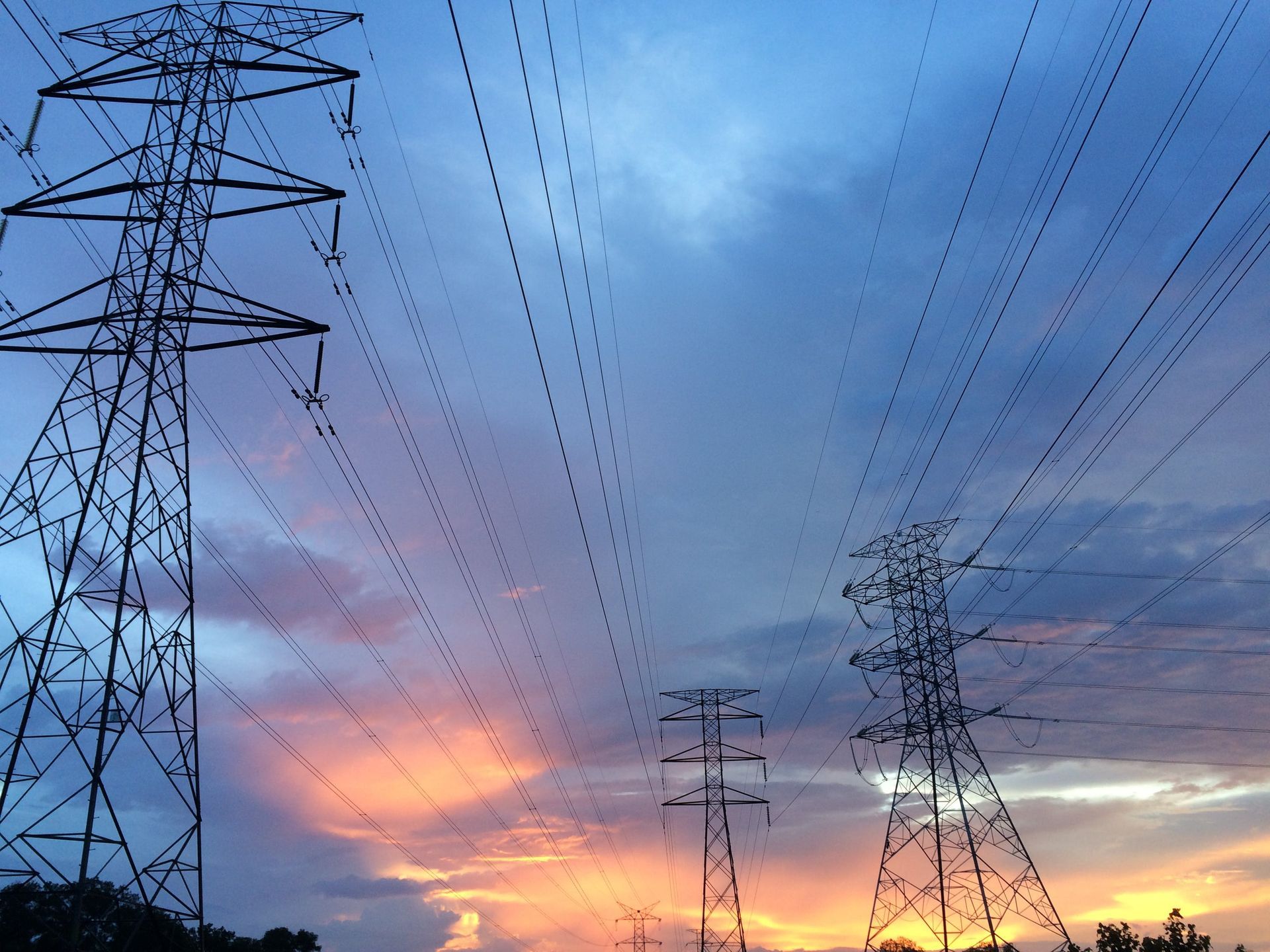

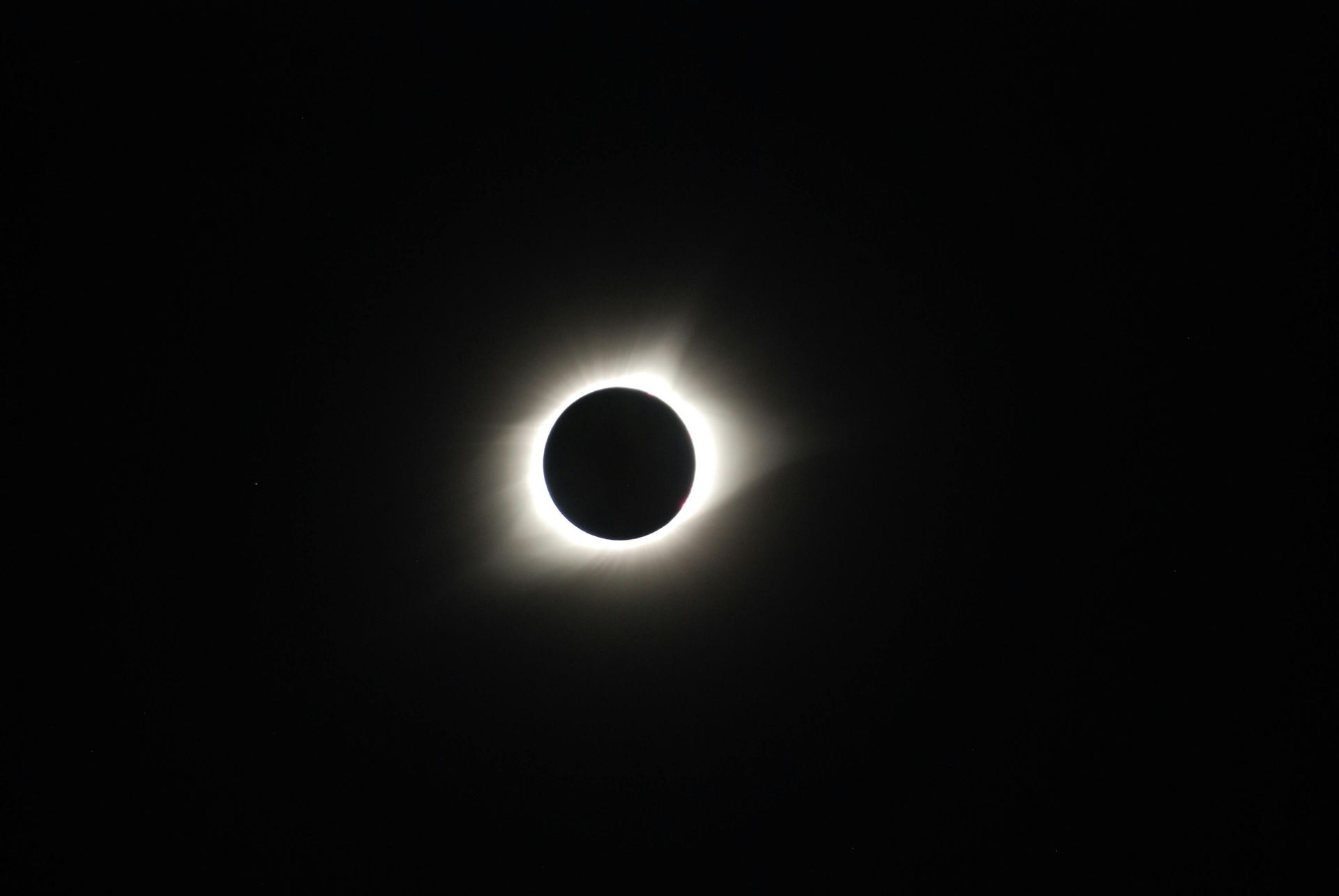


Share On: